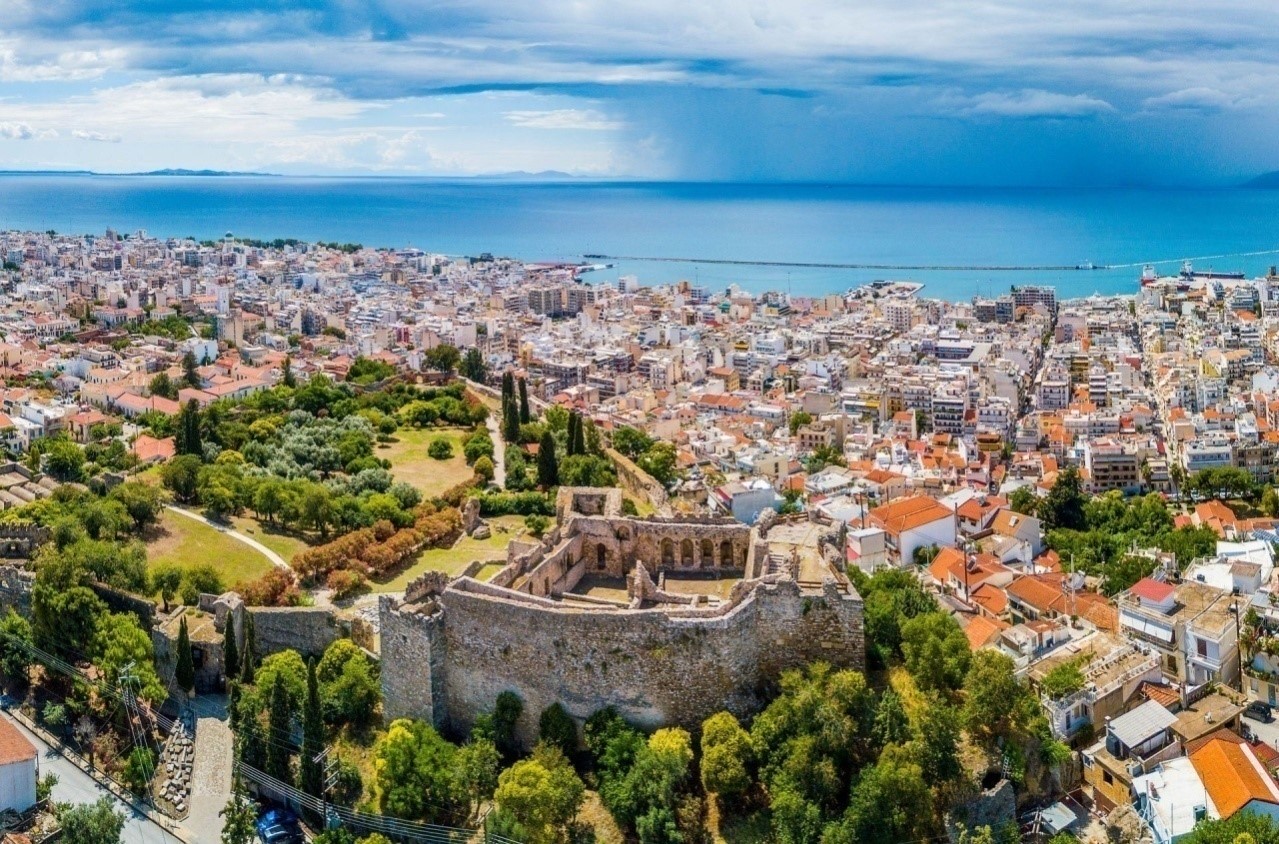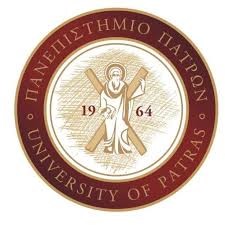
167,446 inhabitants
|
surface area: 125 km2
|
The third-largest city in Greece & regional capital of Western Greece.
Climate: dry and hot summers & wet/mild winters
Which pressures?
 Air Quality and Air Quality and  Health Health
|
Why?
Environmental pressures targeted by SMURBS
 Air Quality: Patras exhibits a notable issue with air quality degradation, attributed to local and long-range sources with some occurring on a seasonal basis. Major emission source sectors include: transport (maritime, road, etc.), industry, household heating, and agricultural activities. With respect to long-range transport, Patras is mainly influenced by dust outbreaks from Africa and industrial air pollution from the Po Valley of Northern Italy. Regarding particulate matter (PM) levels, the contribution from pollution sources originating outside of Patras reaches an order of 35%, providing higher contributions during the spring and summer period. Air Quality: Patras exhibits a notable issue with air quality degradation, attributed to local and long-range sources with some occurring on a seasonal basis. Major emission source sectors include: transport (maritime, road, etc.), industry, household heating, and agricultural activities. With respect to long-range transport, Patras is mainly influenced by dust outbreaks from Africa and industrial air pollution from the Po Valley of Northern Italy. Regarding particulate matter (PM) levels, the contribution from pollution sources originating outside of Patras reaches an order of 35%, providing higher contributions during the spring and summer period.
 Health: A large fraction of PM in Patras is categorized as fine particles (PM1 and PM2.5) and the relation between extreme PM measurements and associated health symptoms/diseases has been established. Health: A large fraction of PM in Patras is categorized as fine particles (PM1 and PM2.5) and the relation between extreme PM measurements and associated health symptoms/diseases has been established.
|
How?
The implementation of smart urban solutions
 Air Quality: In the frame of SMURBS and in response to the AQ issues in Patras, a network of low-cost AQ sensors has been established and grown (Aether). The network consists of a number of nodes of low-cost sensors that measure PM and enhances the existing AQ network. The installation of the new sensors will be influenced by the population density of Patras (since more crowded areas are related to AQ hot-spots and require more than a single monitoring site), and the already installed AQ network. The output will become available online in line with the concept of indices used in other SMURBS cities (e.g. Athens). Air Quality: In the frame of SMURBS and in response to the AQ issues in Patras, a network of low-cost AQ sensors has been established and grown (Aether). The network consists of a number of nodes of low-cost sensors that measure PM and enhances the existing AQ network. The installation of the new sensors will be influenced by the population density of Patras (since more crowded areas are related to AQ hot-spots and require more than a single monitoring site), and the already installed AQ network. The output will become available online in line with the concept of indices used in other SMURBS cities (e.g. Athens).
 Health: To address the health impacts of air quality in the city of Patras, the WHO AirQ+ tool, a health impact assessment software for Europe, has been implemented. The health effects of exposure to particle pollution in the city are being quantified, along with estimates of the reduction in life expectancy. Further, to investigate the relation between mortality and urban environmental factors, correlation analysis, and generalized linear models (GLM) are used to delineate the impact of environmental factors on natural-cause mortality in Patras. Health: To address the health impacts of air quality in the city of Patras, the WHO AirQ+ tool, a health impact assessment software for Europe, has been implemented. The health effects of exposure to particle pollution in the city are being quantified, along with estimates of the reduction in life expectancy. Further, to investigate the relation between mortality and urban environmental factors, correlation analysis, and generalized linear models (GLM) are used to delineate the impact of environmental factors on natural-cause mortality in Patras.
|





